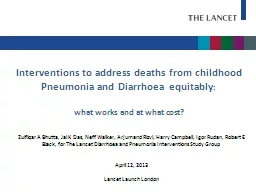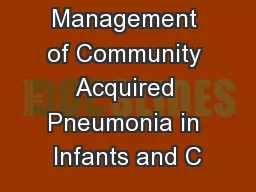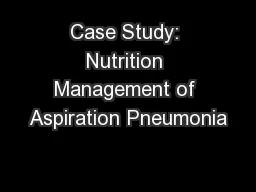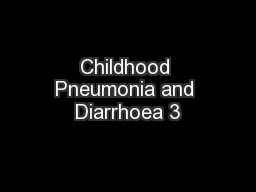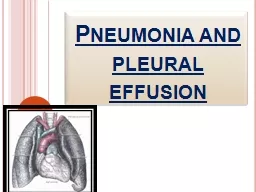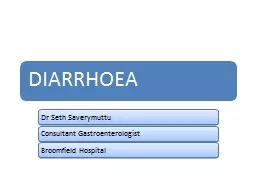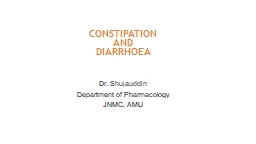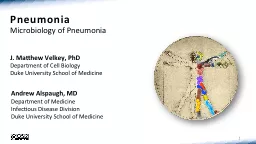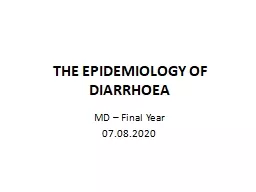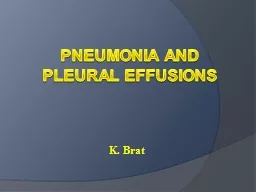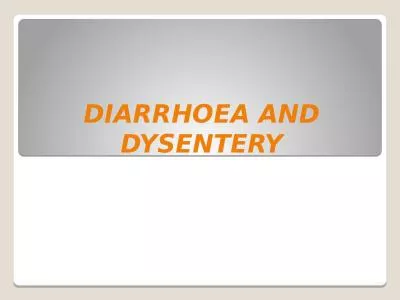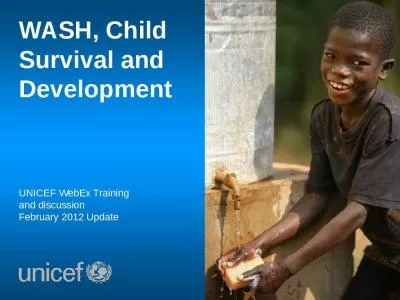PPT-Interventions to address deaths from childhood Pneumonia and Diarrhoea equitably
Author : Younggunner | Published Date : 2022-08-01
what works and at what cost Zulfiqar A Bhutta Jai K Das Neff Walker Arjumand Rizvi Harry Campbell Igor Rudan Robert E Black for The Lancet Diarrhoea and Pneumonia
Presentation Embed Code
Download Presentation
Download Presentation The PPT/PDF document "Interventions to address deaths from chi..." is the property of its rightful owner. Permission is granted to download and print the materials on this website for personal, non-commercial use only, and to display it on your personal computer provided you do not modify the materials and that you retain all copyright notices contained in the materials. By downloading content from our website, you accept the terms of this agreement.
Interventions to address deaths from childhood Pneumonia and Diarrhoea equitably: Transcript
Download Rules Of Document
"Interventions to address deaths from childhood Pneumonia and Diarrhoea equitably"The content belongs to its owner. You may download and print it for personal use, without modification, and keep all copyright notices. By downloading, you agree to these terms.
Related Documents

